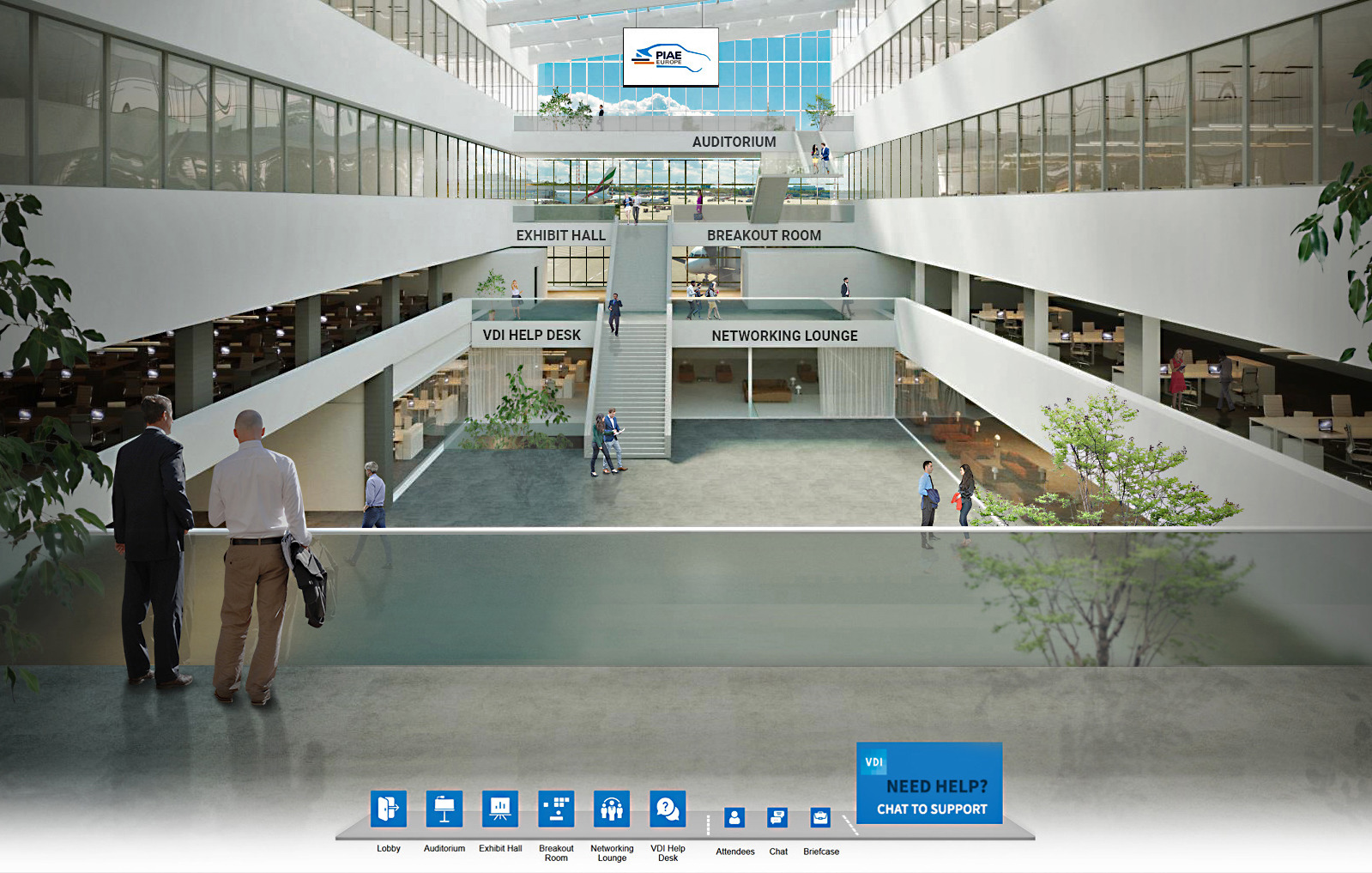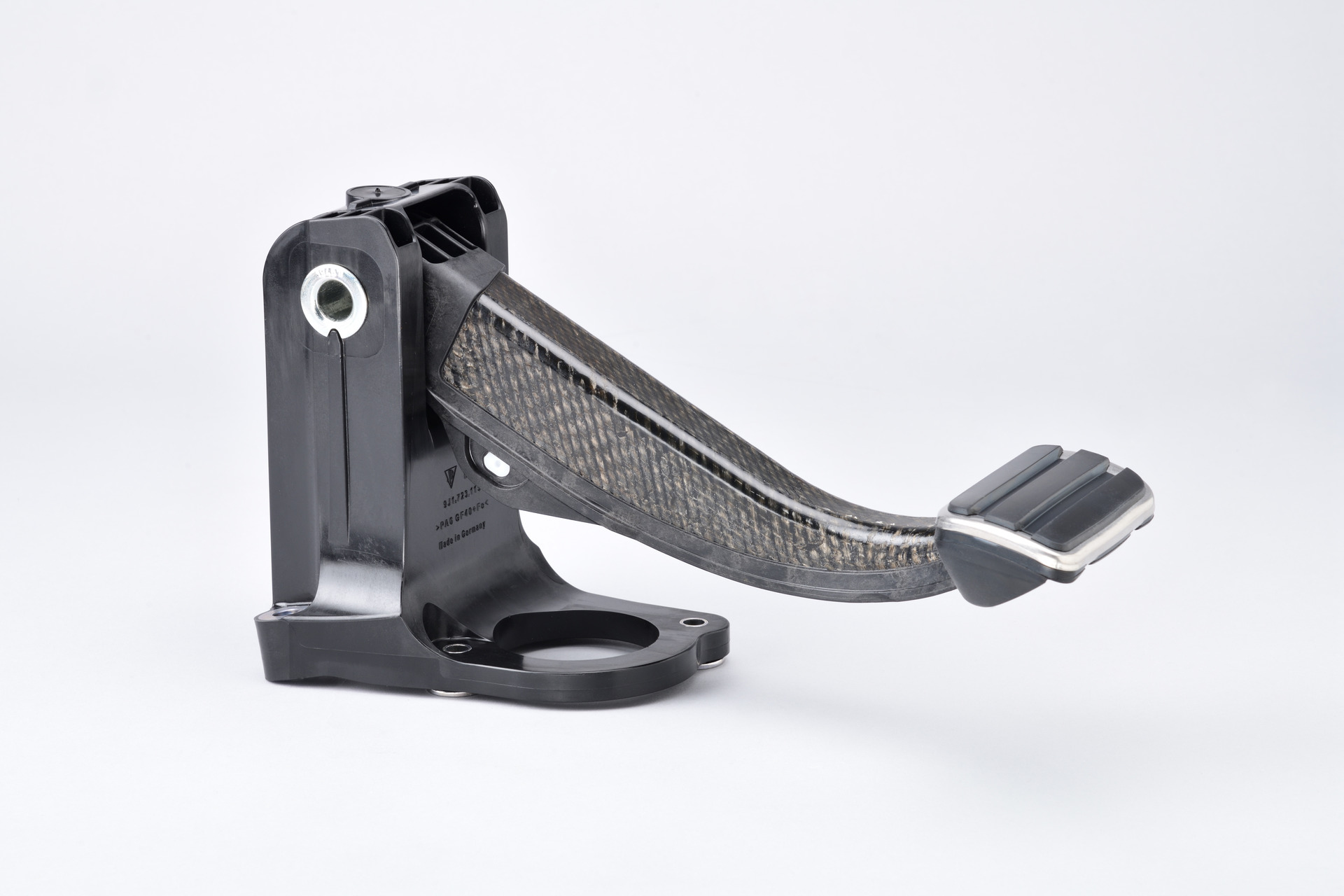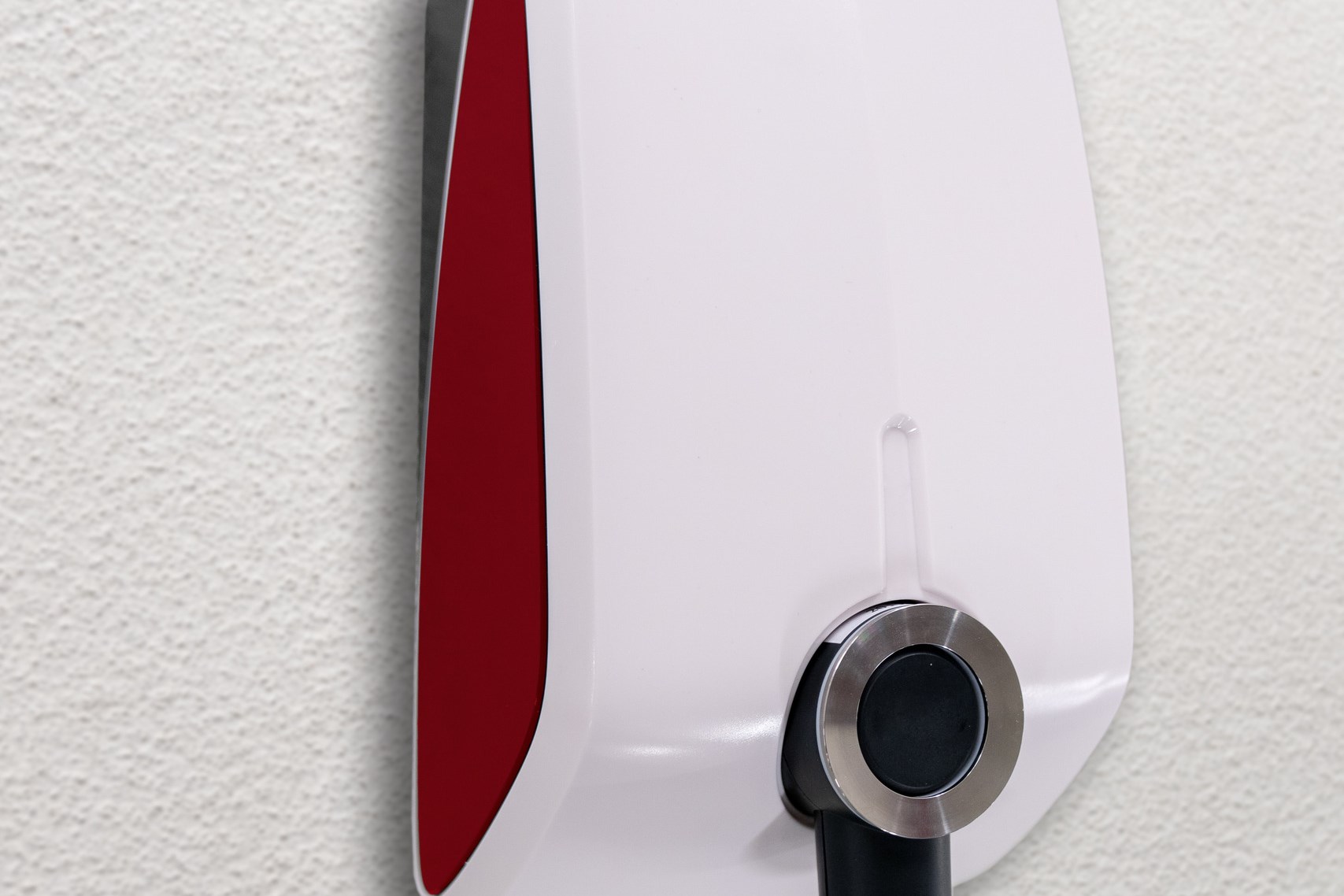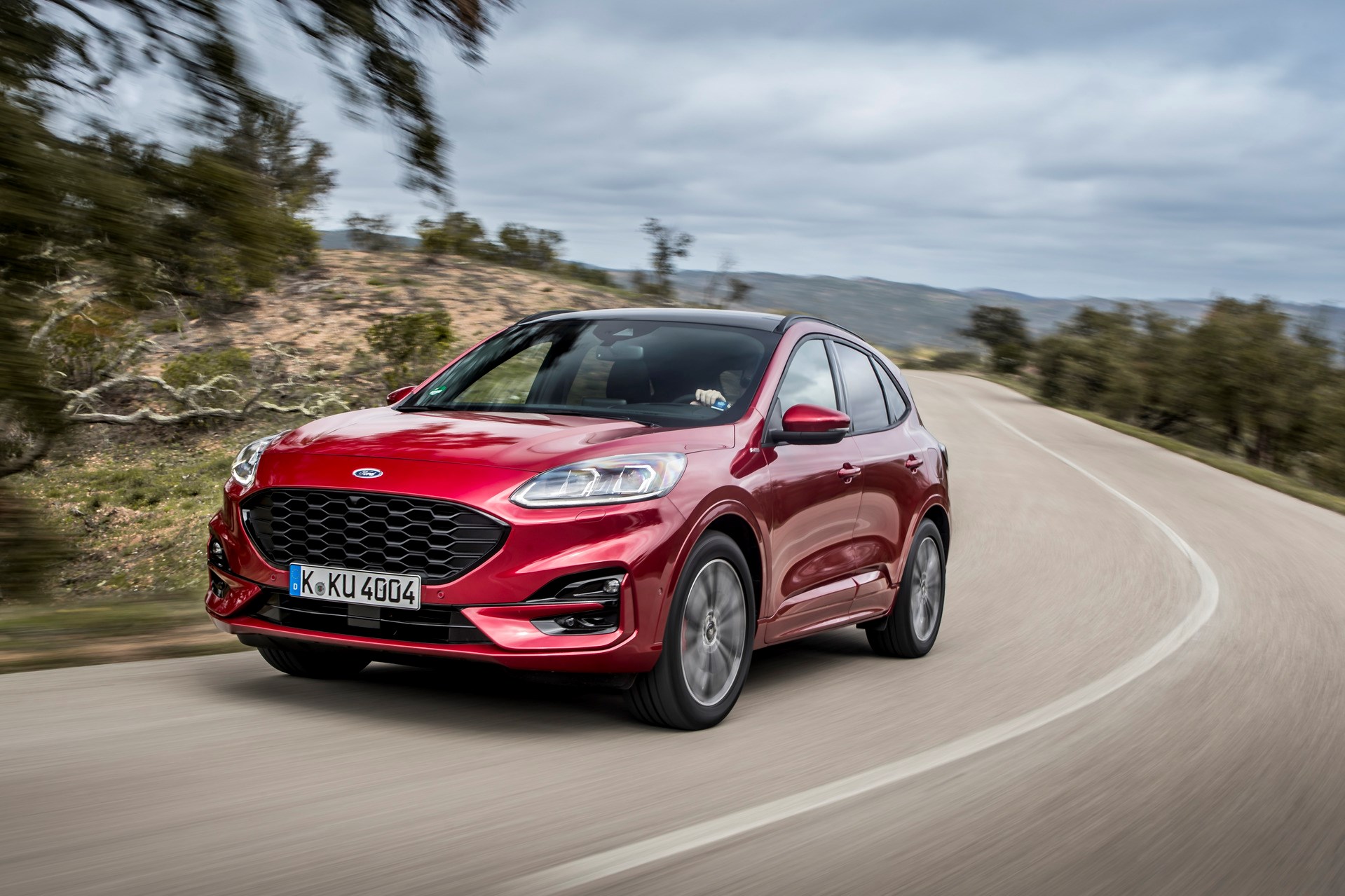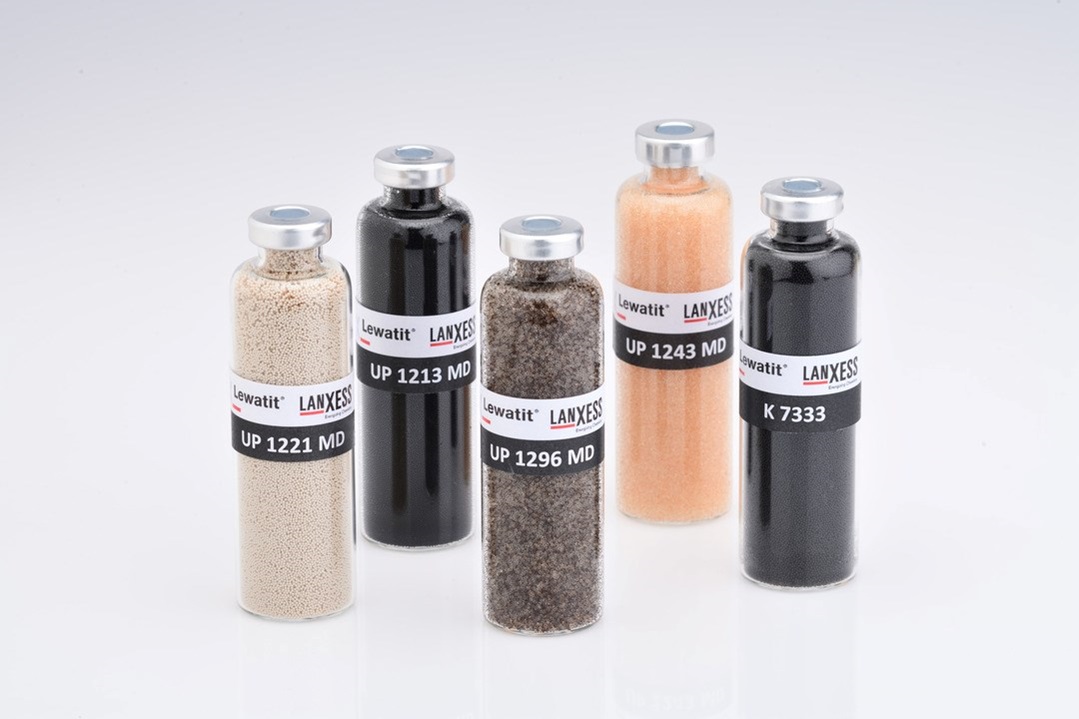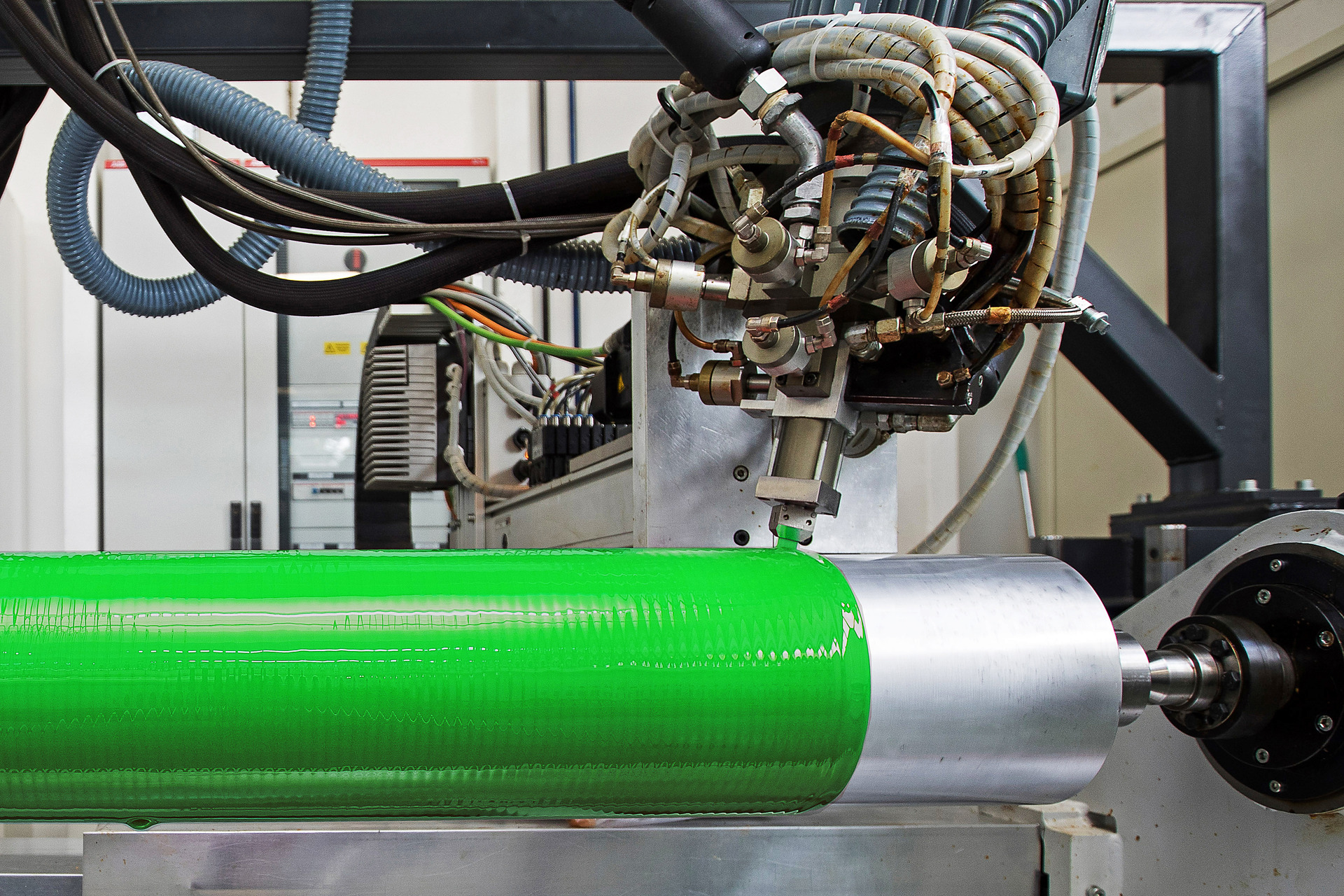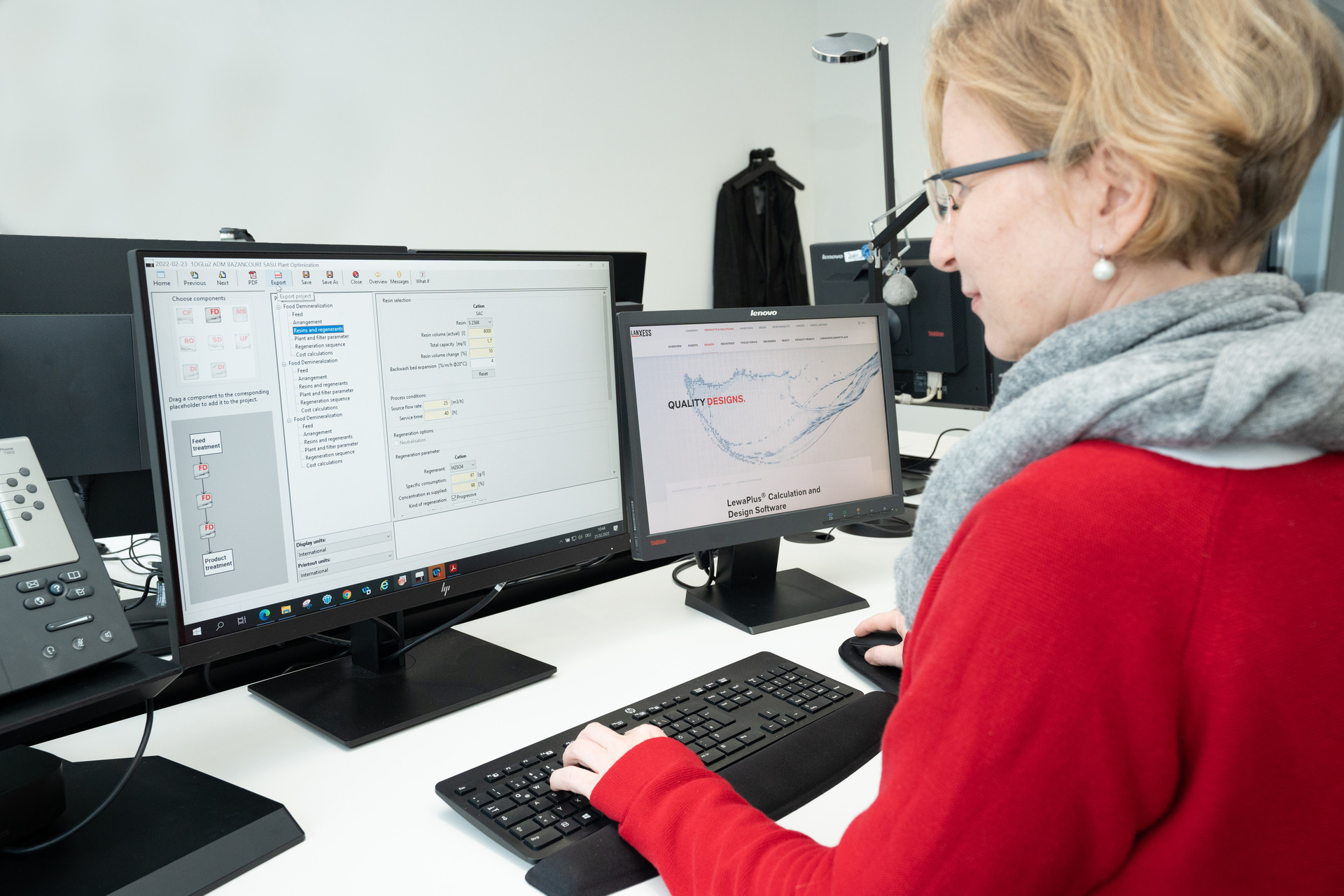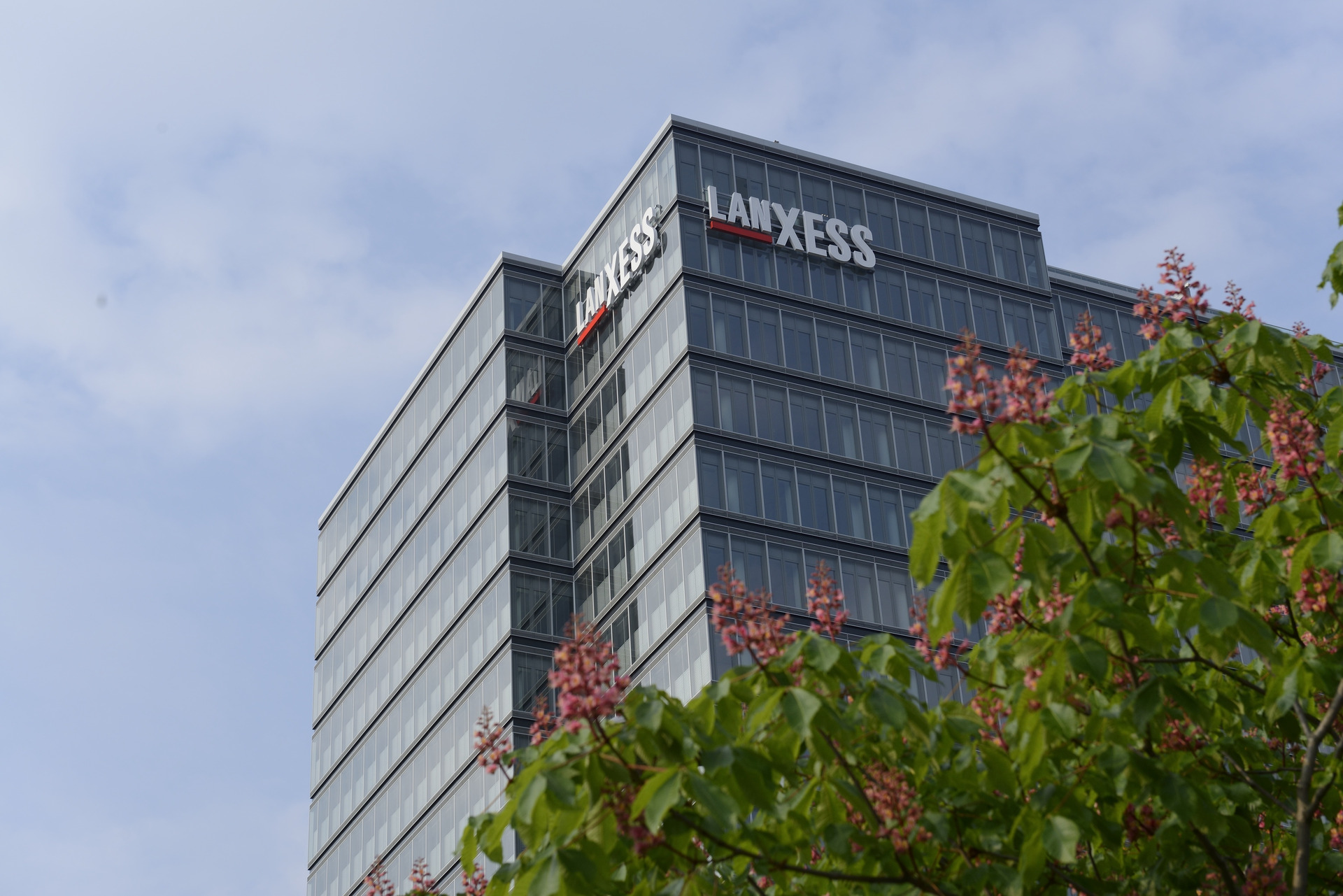High-tech thermoplastics for the vehicles of the future
- Motorcycle tank made from polyamide 6 as a cost-effective single-material solution
- Brake pedal in composite design for electric sports cars
- Continuous-fiber-reinforced thermoplastic composites for components in high-voltage batteries
- Broad range of products for charging plugs
Cast in one piece
A highlight of LANXESS’s presentation will be the tank of a BMW Motorrad road machine, which is made from Durethan BC550Z 900116 DUSXBL. The unreinforced and impact-resistant modified polyamide 6 is injection-molded into two half-shells, which are welded to the tank by means of hot plate welding. Thanks to this material, the engines can be manufactured cost-effectively in large quantities despite their complex geometries. The limit values for fuel emissions through the tank walls are undershot by a considerable margin.
Weight saving without compromising on component performance
The potential of Tepex-branded composite materials for use in lightweight applications will be demonstrated on several exhibits – for example, on an all-plastic brake pedal developed for a battery-electric sports car will also be showcased. The composite component is around 50% lighter than an equivalent steel construction. It meets all load requirements thanks to the tailor-made fiber layer construction of the Tepex insert and local reinforcement using additional tapes.
A further example of systematic lightweight design using Tepex is an A-pillar with a 3D hybrid design that Porsche has developed for vehicles such as convertibles and roadsters and is employing for the first time in the Porsche 911 convertible. The A-pillars with hybrid inserts are just as stable in the event of a crash as previous designs featuring high-strength steel tubes but they reduce the weight of the vehicle body by a total of around five kilograms.
Inherently flame-retardant and lightweight
Tepex also has enormous potential to be applied in structural components and housing parts for high-voltage batteries in electric vehicles. This is due to its inherently outstanding flame-retardant properties that it displays even without flame-retardant additives in various tests based on established norms and standards. Not only do the composite materials here present a lightweight alternative to aluminum, but they also enable cost-effective component solutions thanks to the cost-reducing integration of functions and simple processing without the need for rework in the hybrid molding method.
Materials for the electric mobility charging infrastructure
In addition to the powertrains of electric vehicles, there is also enormous potential for technical thermoplastics from LANXESS in the electric mobility charging infrastructure. The Durethan polyamides and Pocan polybutylene terephthalates are mainly used for components of charging plugs, sockets, and stations as well as wallboxes in garages and carports, for example. The materials are also used in components in inductive wireless charging systems for high-voltage batteries. “We have a broad range of compounds that feature a high level of dimensional stability and surface quality especially for charging plugs. They are also impact-resistant and therefore mechanically robust,” says Christopher Höfs, project manager in the HPM e-Powertrain team. “In addition, our plastics are characterized by outstanding flame-retardant properties and good electrical characteristics such as high creepage current resistance.”
You can find more information about LANXESS products, developments, technologies and services that use polyamides, polyesters and thermoplastic composites for innovative vehicle concepts and particularly electromobility at new-mobility.lanxess.com, blow-molding.lanxess.com and bond-laminates.com.
